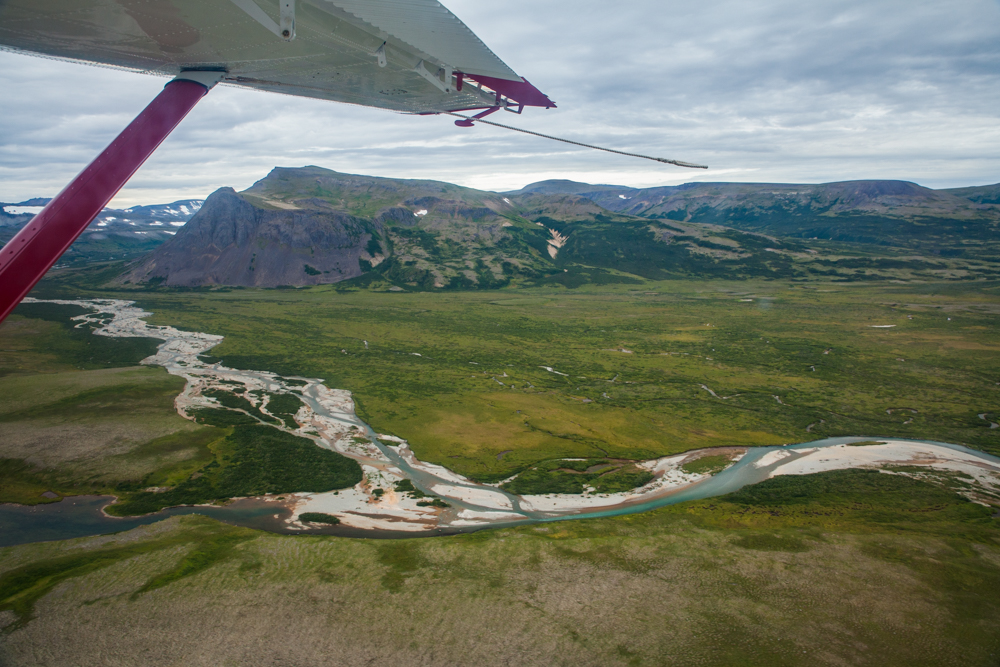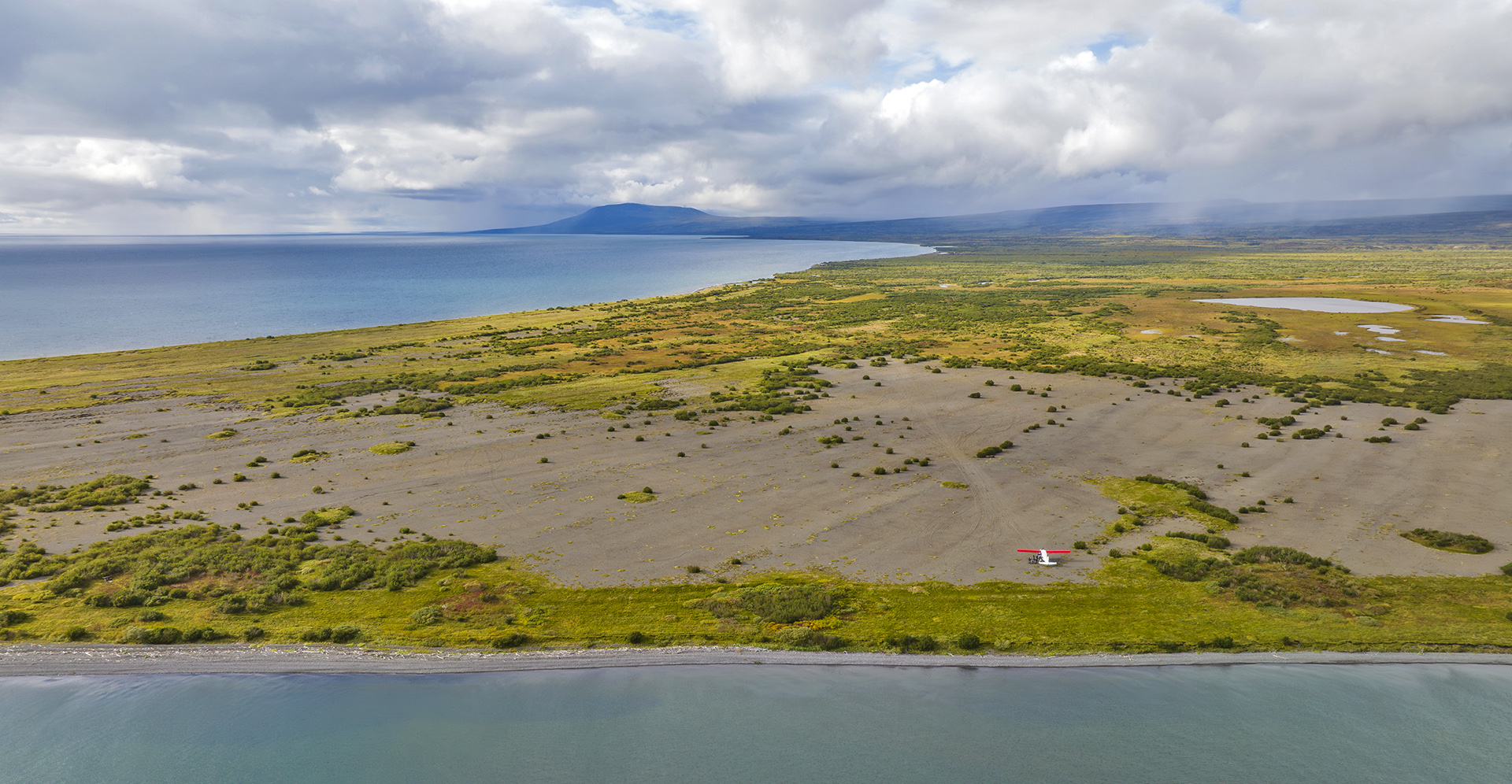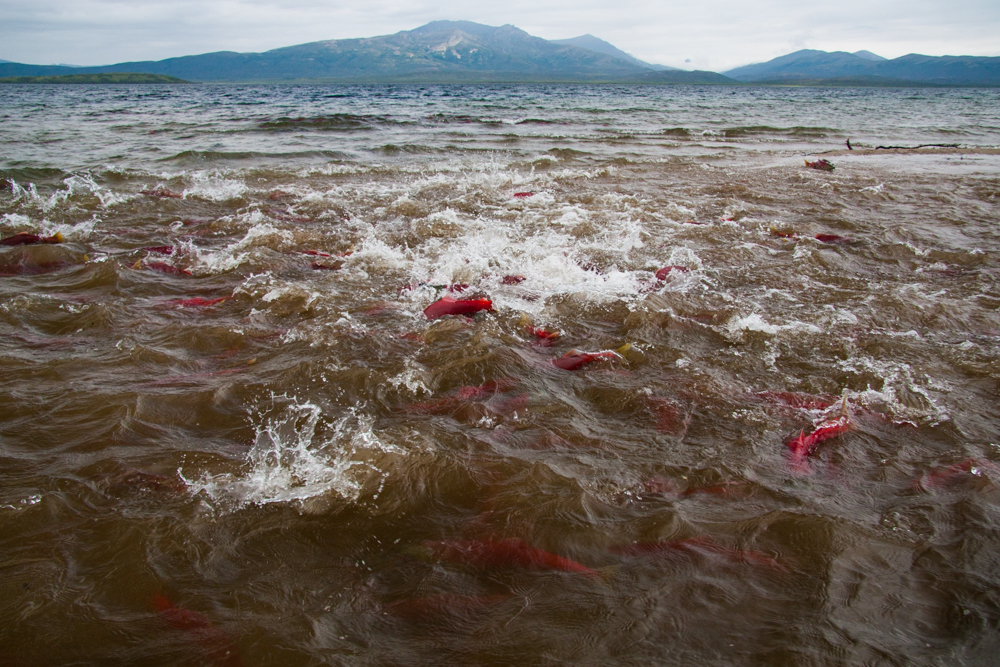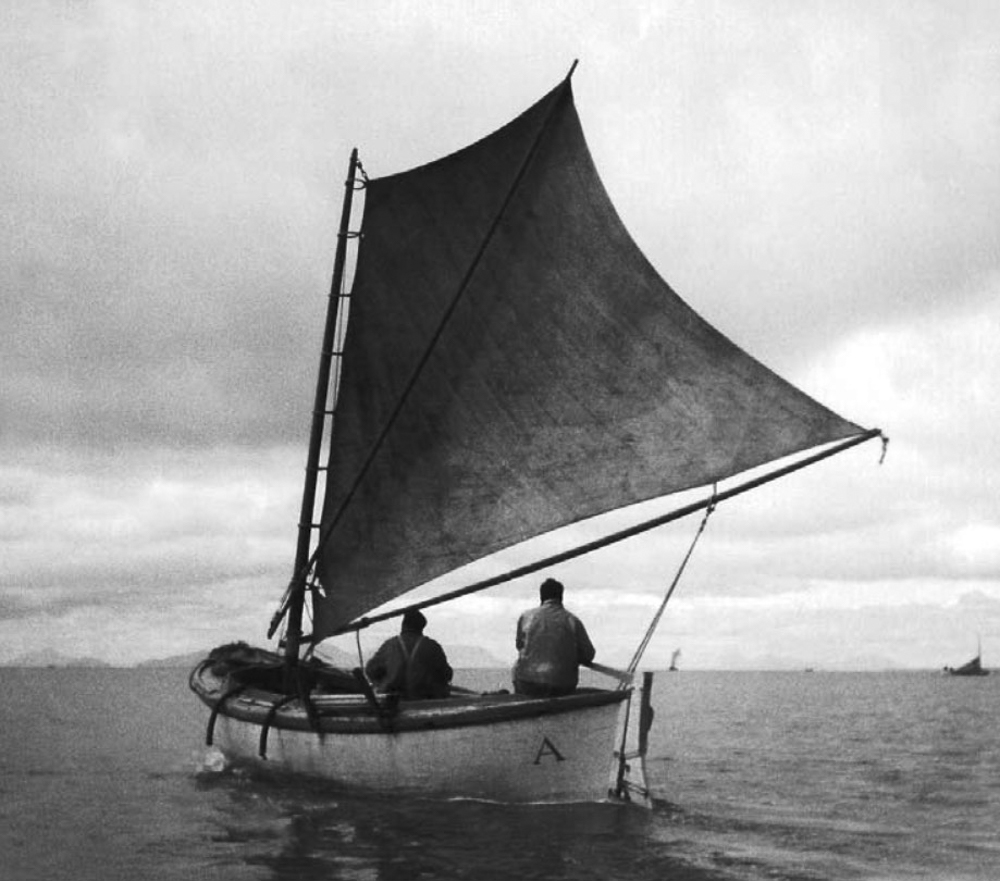5 Amazing Facts about Bristol Bay, Alaska

Facts about Bristol Bay, Alaska
Every year, an average of 38 million sockeye salmon have returned to Bristol Bay. How many salmon is that? If 38 million sockeye salmon were arranged nose-to-tail, they would stretch from Alaska to Australia and back. (BristolBaySockeye.org)
According to the Alaska Department of Fish and Game, the record salmon run in Bristol Bay was set in 1980 when 62 million fish returned. Fish & Game area managers began keeping records in 1952. (Alaska Dispatch)
The upper reaches of Bristol Bay experience some of the highest tides in the world. One such reach, the Nushagak Bay near Dillingham, and another near Naknek in Kvichak Bay have tidal extremes over 30 feet, ranking them as the eighth highest in the world.
Up until 1951, motorized fishing vessels were prohibited in Bristol Bay. Sailboats were used exclusively for fishing in the bay for over 60 years. The commercial fishery has changed a lot since then, but the sailboat remains the iconic image of a fishery born on the wind—(Courtesy “Sailing for Salmon”).
The Bristol Bay fishery is valued at $1.5 billion. Roughly half of the world’s harvest of wild salmon comes from Bristol Bay. Commercial fishermen, fish processors, lodge owners, guides, and tourism operators make up the 14,000 salmon-based jobs in the region. (SaveBristolBay.org)
Check out our Fishing page and our Adventure page to learn more about opportunities to enjoy the Alaska fishing season. Discover the wonders of Crystal Creek Lodge through our Instagram page, where you can immerse yourself in stunning visuals and learn more about our exciting adventures in the Alaskan wilderness!
Crystal Creek Lodge, nestled on the banks of the Naknek River, near King Salmon, Alaska is a renowned Luxury Alaska Fishing and Adventure Lodge with over 400 5-star reviews. Since 1988, we’ve been delivering thousands of exciting and memorable flyout excursions.





